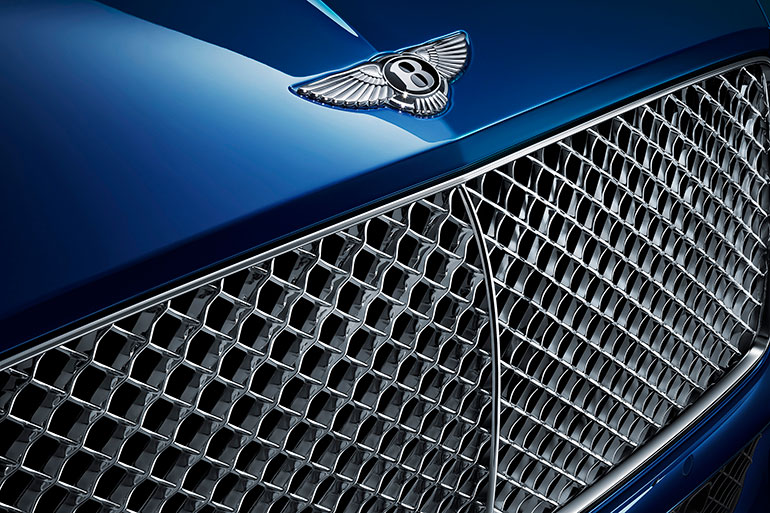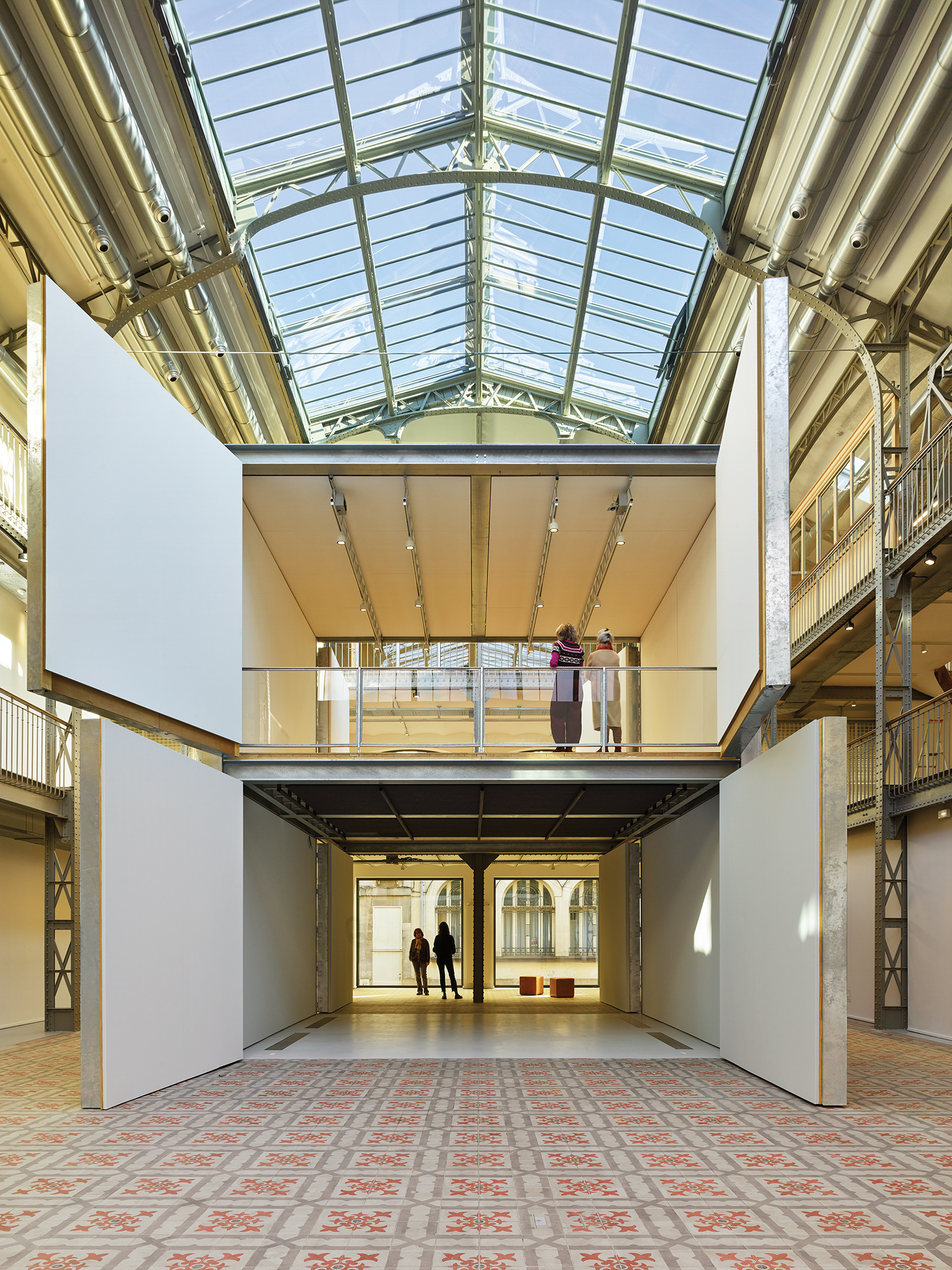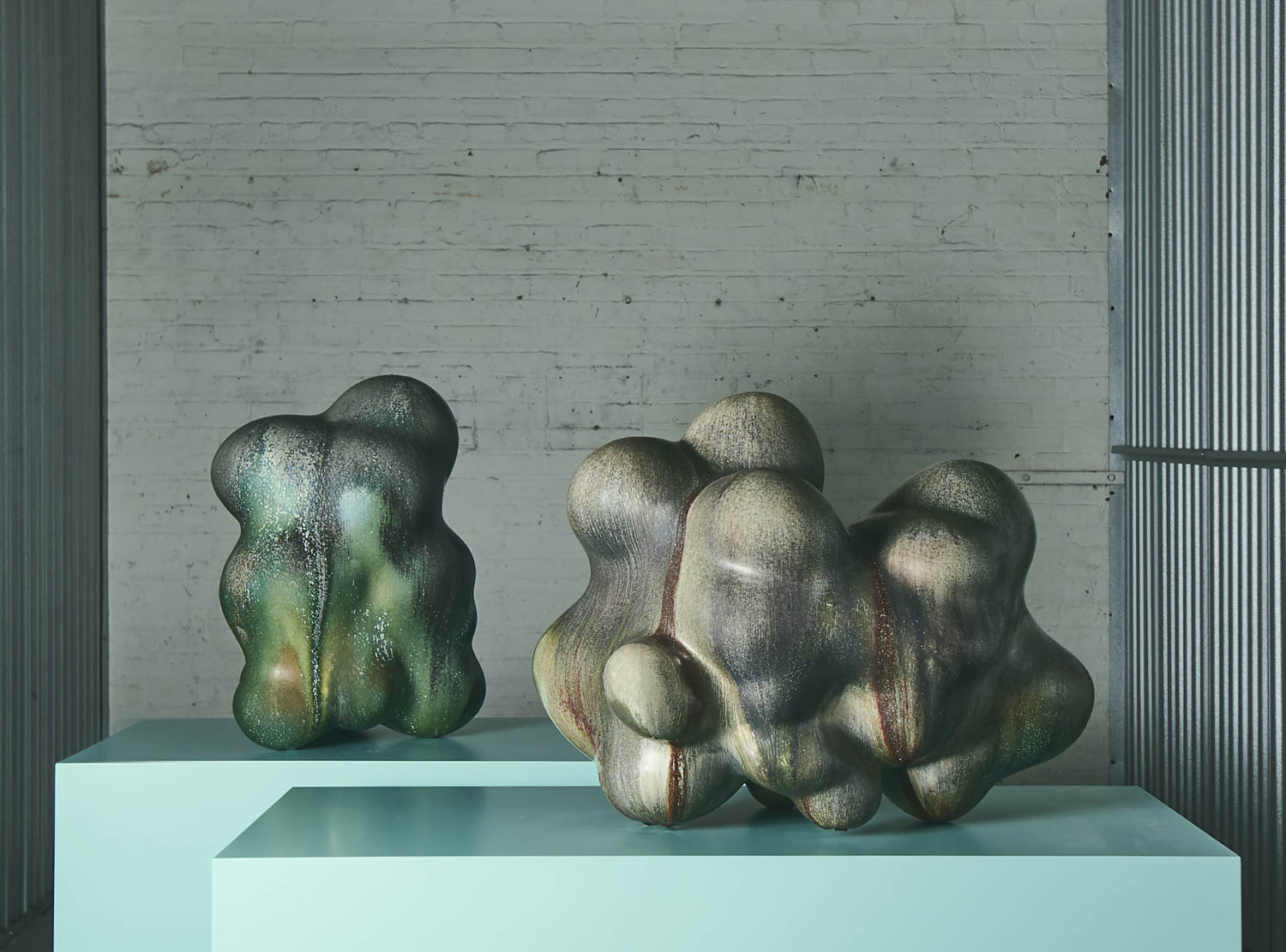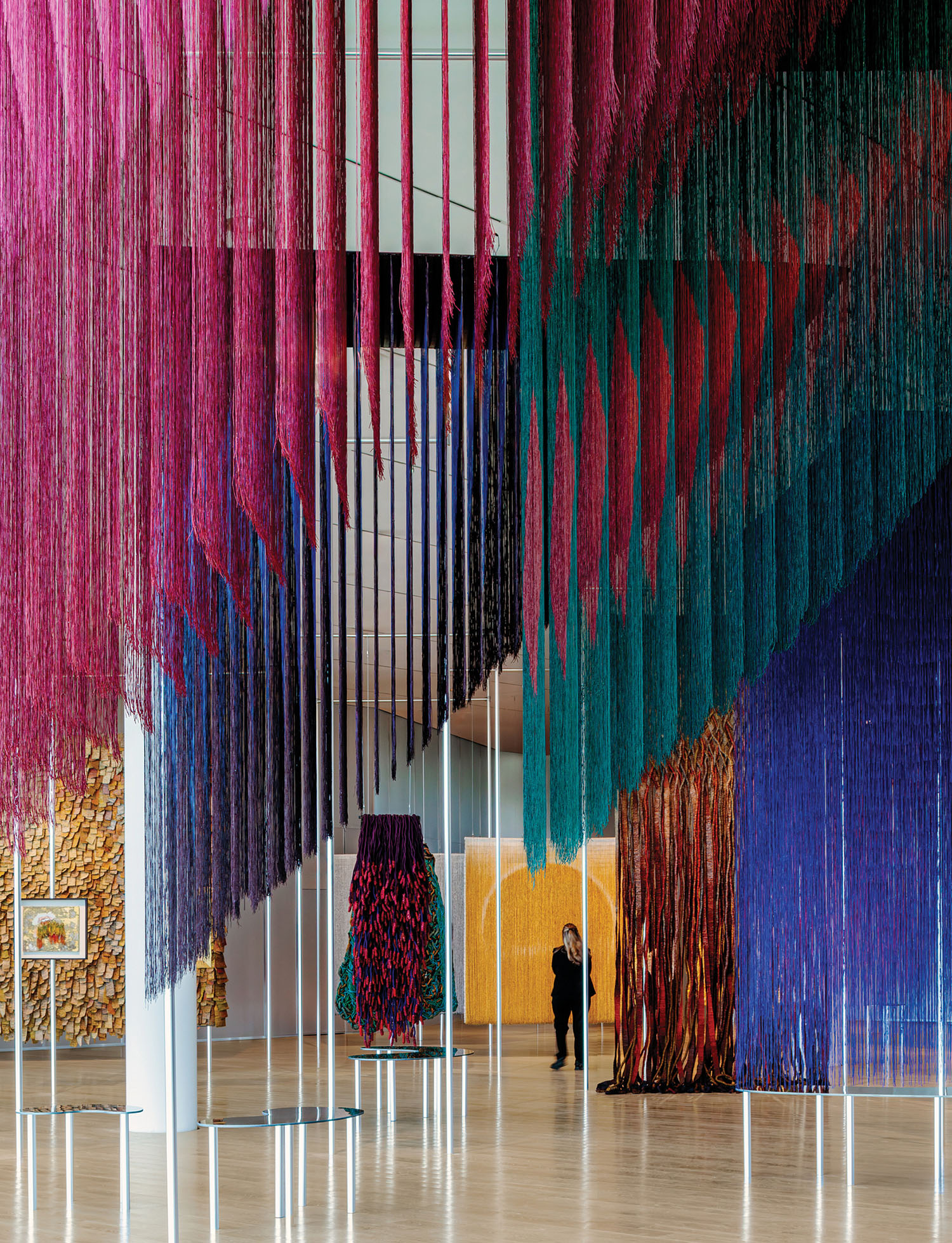10 Questions With… Stefan Sielaff
 Born in Munich, Bentley Motor’s director of design Stefan Sielaff got his start with a scholarship from Audi to London’s Royal College of Art, where he received a master’s degree in vehicle design. After a stint at Audi, he became head of interior design at Volkswagen, before returning to Audi in the same capacity. After a stint as head of interior design at DaimlerChrylser, he was ultimately installed as design director at Audi, where he led a team of over 350 design experts with responsibility for exterior, interior, and color-and-trim design. In 2015 he joined Bentley, where he recently completed the Continental GT, while also serving as the head of group interior design strategy at its parent company Volkswagen. We asked him what it took.
Born in Munich, Bentley Motor’s director of design Stefan Sielaff got his start with a scholarship from Audi to London’s Royal College of Art, where he received a master’s degree in vehicle design. After a stint at Audi, he became head of interior design at Volkswagen, before returning to Audi in the same capacity. After a stint as head of interior design at DaimlerChrylser, he was ultimately installed as design director at Audi, where he led a team of over 350 design experts with responsibility for exterior, interior, and color-and-trim design. In 2015 he joined Bentley, where he recently completed the Continental GT, while also serving as the head of group interior design strategy at its parent company Volkswagen. We asked him what it took.
Interior Design: How does one become a design director at an automobile company?
Stefan Sielaff: I wanted to be a car designer since I was 4 years old and started to sketch cars. But I was more on the fine arts side doing a lot of painting and sculptures when I was younger.
ID: Did you consider becoming a fine artist?
SS: Yes, but when I was growing up in Germany in the 1960’s and 70’s it was still something, depending on your background, that was considered not really down to earth. After I started my mandatory military service following high school, it was the first time I started to think about what I want to do afterward, and I always loved cars and fine arts and then I found out wow you can combine these two things and make something out of it. It was in the early 80’s and there was no education for designing cars in Germany, so I started overseas. I got an internship with Audi, which was pushing a lot of design at that time. They gave me postgraduate scholarship to go abroad to the Royal College of Arts in London and I learned everything about car design. Then obviously afterwards I started with Audi and worked with Mercedes. It was the Volkswagen Group, so I was doing work for Lamborghini and Bugatti as well.

ID: What’s the process of designing a Bentley?
SS: The core design team is 25 people, and that’s exterior design, interior design, and color and trim. Then on top of the 25 people, we have the data modelers, the clay modelers, and a few other bits and pieces, so it’ll be around 120 people total. And that compares to Volkswagen or Audi or Mercedes, where we talk about teams around 700 people.
To be honest, the older I get, the more I prefer the small teams because it is first of all back to the roots, and you have these direct exchanges every day, and you don’t need to do it by emails or phone or meetings. You just walk into the studio, and everybody’s there. If a designer has a good idea and he delivers it on a napkin sketch, no problem. But most of the young designers obviously now use digital media. We use Alias for the 3-D program. And the 3-D printers are extremely precise. Nevertheless, we always start first with the ideation sketches, very artistic work, then we get into the next steps, a bit more down to earth.
We start to review the data, and not only on walls but also with virtual reality goggles. It helps us because we have a 3-D impression of the exterior. You can look around, which is a big difference. We feel quite comfortable with VR because it is showing you the product immediately in daylight, which is very important. Looking at the clay models, you don’t get the reflections. Then you have to sit in this cocoon you’ve created, and this is still very cheap and quick with foam models.
ID: Do you work with the interior design team the same way you do with the color-and-trim team for instance?
SS: Well, what I did when I started with Bentley was integrate the color-and-trim and interior design teams. We had to make sure it is really a process where both start in the beginning and work together every day.
ID: What do you do in terms of research?
SS: As a designer, you always look at competition. What are the other guys doing? But on the other hand, we also look at our heritage. When we talk about the new Continental, we looked into the heritage back to the Continental R from 1952. It was really important for us to keep the genetic code going. The next thing is brand. At the end of the day, you should say immediately, It’s a Bentley.

ID: How much is the board telling you we need this and that in the new model? Or are you telling them this is what the new model should look like and then they’re giving you their input?
SS: They don’t tell me. You present to them and then they tell you what they like. And I think they’re pretty much accepting. They pay a salary to an expert to do the job.
ID: Is it like an architect-developer relationship essentially?
SS: Yes, or if you go to an excellent restaurant—you don’t run into the kitchen and tell the chef what to do, you wait a little bit and try to get surprised. If you don’t like it then you never come back. I mean, obviously, it’s little bit different when you talk about a billion Euros.
ID: How long does an entire process take from start to finish?
SS: Four years. Two years of creative work and another two years then for the feasibility work.
ID: What are your nonautomotive architecture and design inspirations?
SS: A lot of things start with fine art. Fashion is also always important. It’s more the effect of fashion on society because it’s so quick. Every half a year, bam, bam. So you feel a lot of trends in this society through fashion. But we’re also inspired by long-term stuff, like architecture. So people such as Norman Foster, Renzo Piano. Also Zaha Hadid, she was very revolutionary.

ID: I don’t want to pigeonhole you as a German, but were the Bauhaus and then Dieter Rams influences? Or is it stifling as a German designer, like it’s something that you have to live up to? Do you want to rebel or is it only positive input?
SS: Dieter Rams of course, is the icon of German design and a continuation of the Bauhaus. I think a part of the Bauhaus-ing of the German design education is to try to do something that makes sense as a functional object that’s very timeless. Something you want to keep for a long time.
But I also think you have to take the best. I mean, you shouldn’t follow ideology just for the sake of ideology. For a luxury brand and product, let’s say, the timeless part of Bauhaus ideology is important, but it is not everything. Bauhaus was also rather motionless, typically cold, German, very rational—and, especially in car design, you have to deliver a little bit of emotion, a little bit of heart, so that is the other part. It’s taking the best of both worlds.


